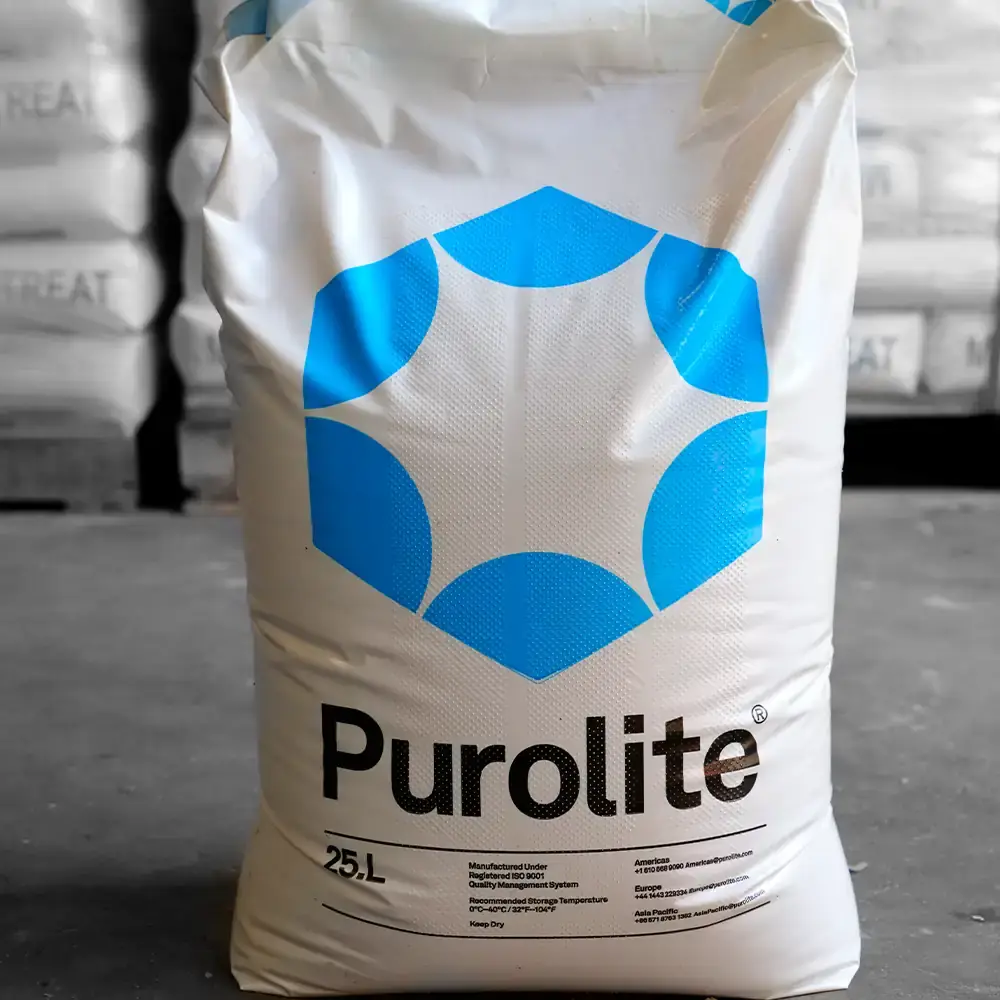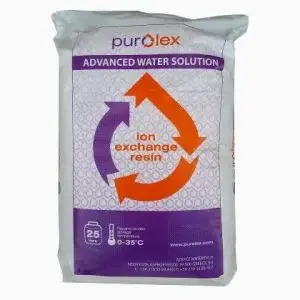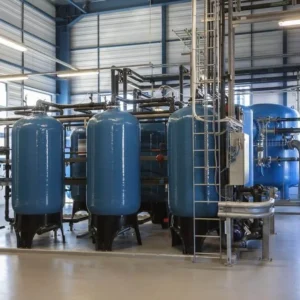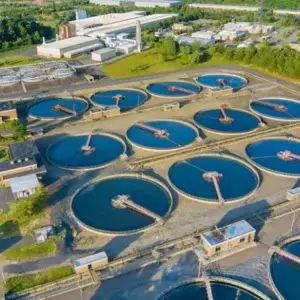Description
Understanding Water Softening and Its Benefits
Commercial Water Softening is the process of removing calcium, magnesium, and other minerals from hard water, making it less damaging to infrastructure and more effective for a variety of applications. Hard water is defined as water with high mineral content, and it can lead to significant operational challenges in commercial settings, such as hospitals, schools, and industrial facilities. The primary minerals responsible for water hardness are calcium and magnesium, which, while essential for human health, can have detrimental effects on equipment and productivity when present in excess.
The implications of hard water are profound, especially in environments that rely heavily on machinery and consistent water quality. In industrial settings, hard water can cause scaling in pipes and boilers, leading to decreased efficiency, increased energy consumption, and costly maintenance repairs. Similarly, in hospitals and educational institutions, the presence of hard water can pose a threat to hygiene standards and the proper functioning of sterilization equipment. As a result, operators must consider the long-term costs associated with hard water versus the initial investment in water softening systems.
Implementing a water softening solution yields numerous benefits. Primarily, it significantly improves water quality, making it more suitable for in-house processes such as cleaning, cooking, and laundry. By reducing mineral buildup, businesses can extend the life expectancy of their equipment, thus decreasing the frequency and costs of repairs and replacements. Furthermore, organizations can realize substantial operational savings over time due to lower energy bills, enhanced productivity, and reduced downtime caused by equipment failures.
Case studies have shown the tangible benefits of water softening in various commercial scores. For instance, a hospital that integrated a water softening system reported improved sterilization results and a remarkable decline in maintenance costs associated with their medical equipment. These testimonials underscore the vital role that effective water softening plays in ensuring operational efficiency and maintaining high standards of health and safety across numerous industries.
Choosing the Right Water Softening System for Your Facility
Selecting an appropriate water softening system is critical for optimizing operations in various commercial and industrial environments. Facilities such as hospitals and schools, as well as manufacturing units like oil factories, possess unique water treatment needs, driven by their specific operational requirements. Initially, it is essential to assess the size and type of facility to determine the scale of the water softening system required. This assessment ensures that the chosen system can adequately handle the volume of water used, contributing to both efficiency and effectiveness in addressing water hardness.
Another crucial factor is evaluating existing water conditions, which may vary significantly based on location. Testing the hardness levels of the incoming water supply is a necessary step that influences the decision between various types of water softeners, such as salt-based systems, salt-free systems, and reverse osmosis (RO) systems. Salt-based softeners use ion exchange to effectively eliminate hardness minerals, making them ideal for facilities with high hardness levels. Conversely, salt-free systems, utilizing template-assisted crystallization, are beneficial for ensuring lower maintenance and minimal environmental impact. Meanwhile, reverse osmosis systems may be chosen for applications requiring highly purified water, although they may involve higher operational costs.
Cost considerations also play a pivotal role in the decision-making process. It is essential to evaluate both the upfront investment and the potential long-term savings associated with each type of system. Facilities should weigh maintenance costs, water conservation capabilities, and the potential for increased equipment lifespan resulting from softened water against initial expenditures. Moreover, proper maintenance and servicing schedules are vital in maintaining the effectiveness and longevity of the water softening systems. Regular servicing not only enhances performance but also helps to prevent costly downtimes. By considering these factors systematically, decision-makers can make informed choices that meet the unique water softening needs of their facilities.









